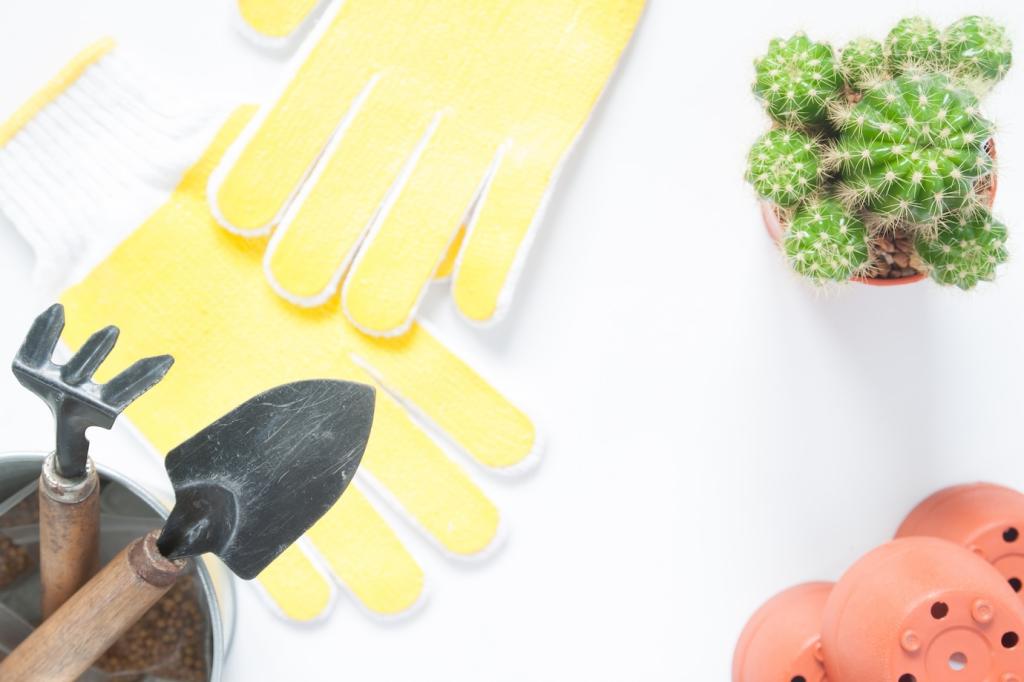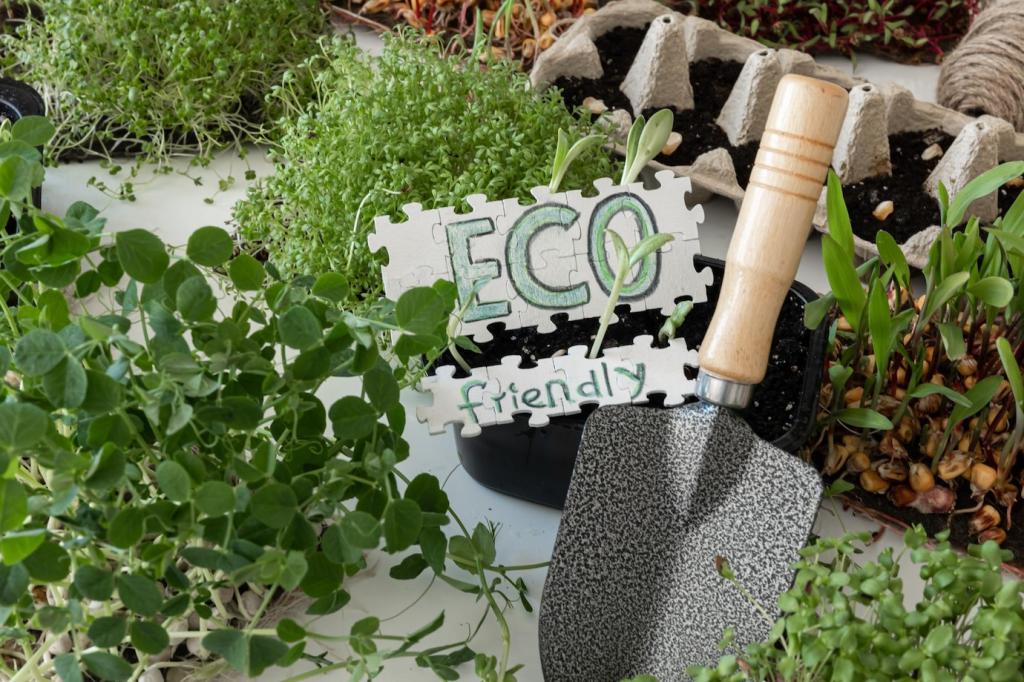What Non-Toxic Wood Conditioners Really Do
Non-toxic wood conditioners avoid high-VOC solvents and heavy-metal dryers, leaning instead on plant-derived oils, natural waxes, and water-based carriers. That means less harsh odor during application, fewer lingering emissions, and a gentler routine in kitchens, nurseries, and workshops—without sacrificing the rich, warm luster we love in well-conditioned wood.
What Non-Toxic Wood Conditioners Really Do
Conditioners seep into microscopic pathways in wood—cell walls, vessels, and pores—replacing lost moisture and binding to fibers. This reduces fuzzing and dryness, helps even out blotching on trickier species, and sets the stage for consistent sheen. The result is deeper color, smoother touch, and a surface that resists everyday wear more gracefully.






